From Imagery to Insights to Answers
What does the Nearmap acquisition of Betterview mean for the insurance industry?
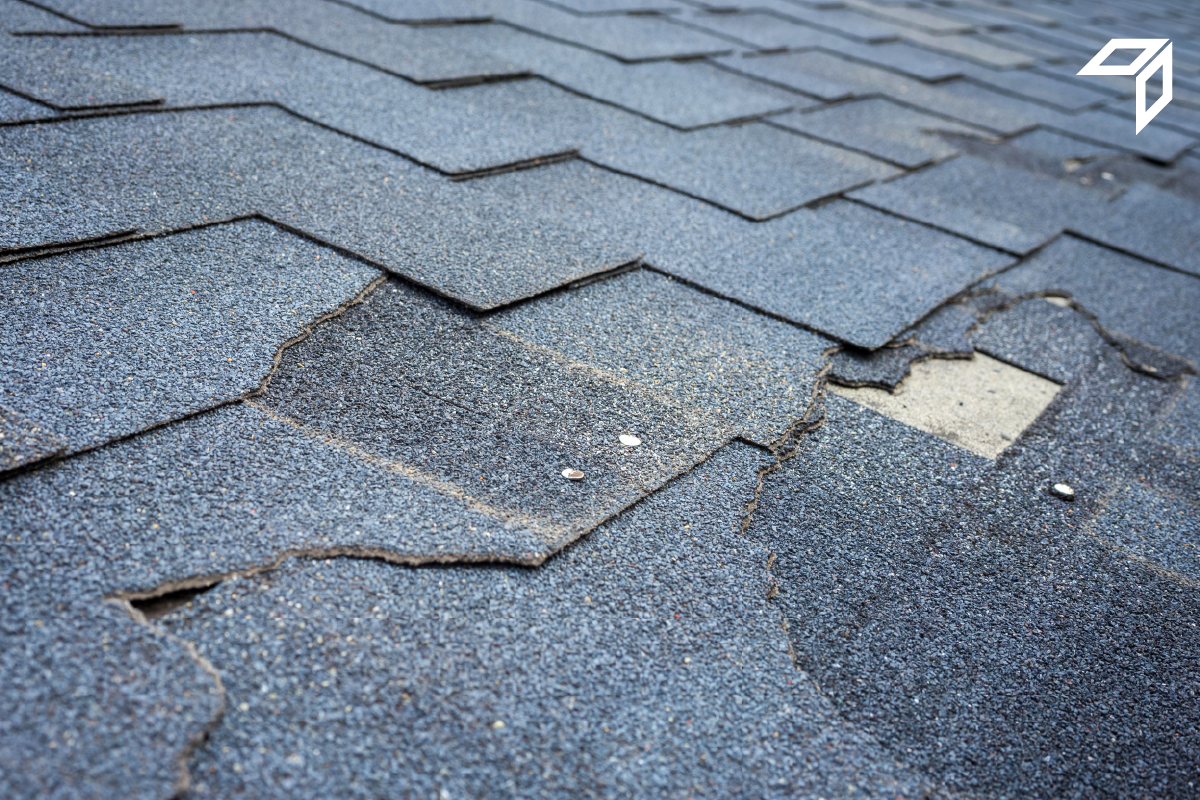
Betterview is dedicated to assisting our customers in identifying potential risks and vulnerabilities on their properties. One specific focus area is the condition of roofs and shingles because they serve as the primary protective layer for the structure. Shingles play an important role in keeping water and other elements from penetrating the structure of a building. That is why we care so much about identifying and addressing issues with roofs and shingles. In this blog post, we will delve into the topic of worn shingles and explore why they are a good indication that a roof may require repair.
There’s nothing in the world more beautiful than a roof with a fresh slate of shingles. Over time, however, roofs lose that fresh look as shingles become worn due to exposure to the sun, wind, and rain. When this happens, the shingles may begin to crack, curl, or lose their granules. This is an indication that the shingles are no longer providing the protection that they once did.
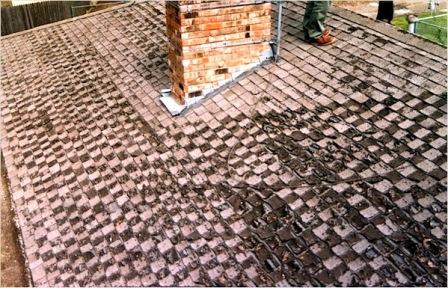
A heavily worn roof no longer protects the underlying structure [Image credit: International Association of Certified Home Inspectors]
As shingles become worn, they often become discolored. In fact, one of the best ways to spot worn shingles is by looking for that discoloration. It’s important to note that not all discoloration is cause for concern — sometimes it’s a sign of functional problems while other times it’s merely cosmetic. For example, algae can cause discoloration but is not in itself a threat to the integrity of the roof. But advanced deterioration of a roof covering is much more serious because it compromises the building envelope, shortens the long-term service life of the roof, and leaves the roof more vulnerable to damage from external forces such as wind and hail.
Worn shingles are an example of deterioration that warrants concern. They can allow water to infiltrate, which causes significant damage to the building if not promptly addressed. They are also more vulnerable to further damage from wind and hail than shingles at or near the beginning of their service life. That's why it's essential to be vigilant for worn shingles.
Worn shingles can manifest in many different ways. One sign of worn shingles is curling. Shingles are designed to lay flat against the roof, but over time, may begin to curl or lift at the edges. This can be caused by a variety of factors, including exposure to moisture and heat. Another manifestation of worn shingles is known as buckling, which can occur when a roof is replaced in a hot/humid environment and the decking absorbs moisture, causing it to expand.
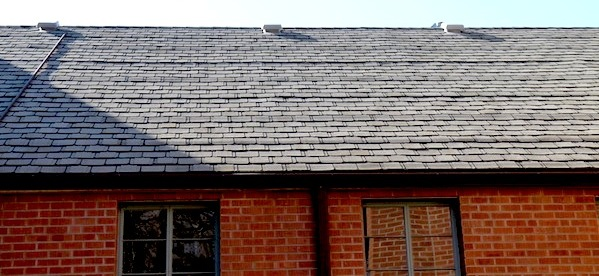
The shingles are starting to buckle, which is a sign they need to be replaced. This is a common type of worn shingles. [Image credit: International Association of Certified Home Inspectors]
The discoloration patterns caused by worn shingles are often visible from overhead imagery. For example, in the picture below, you can see the striped pattern indicative of worn shingles. Other than that, no issues are present on the roof.
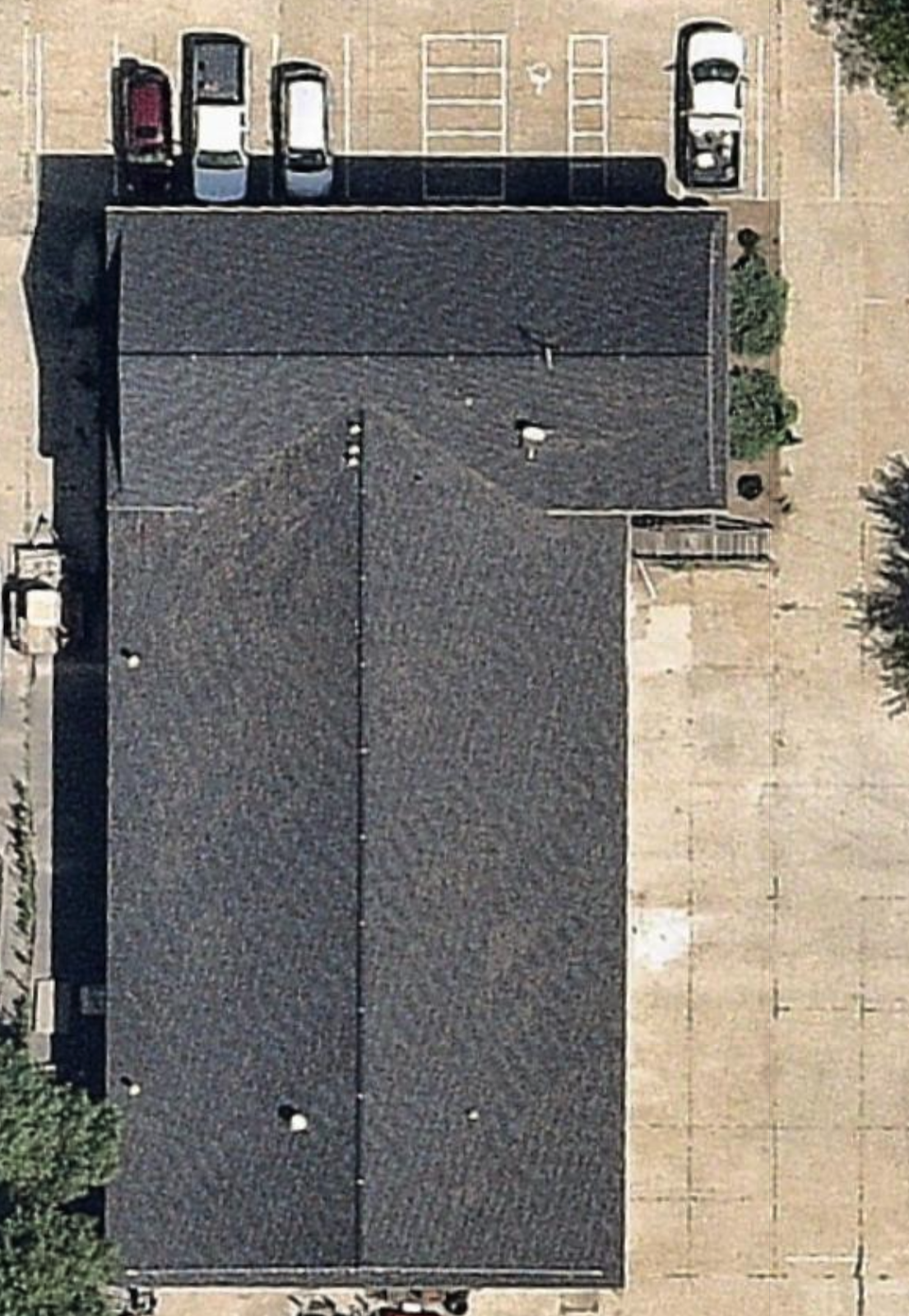
The following year, the entire roof was replaced.
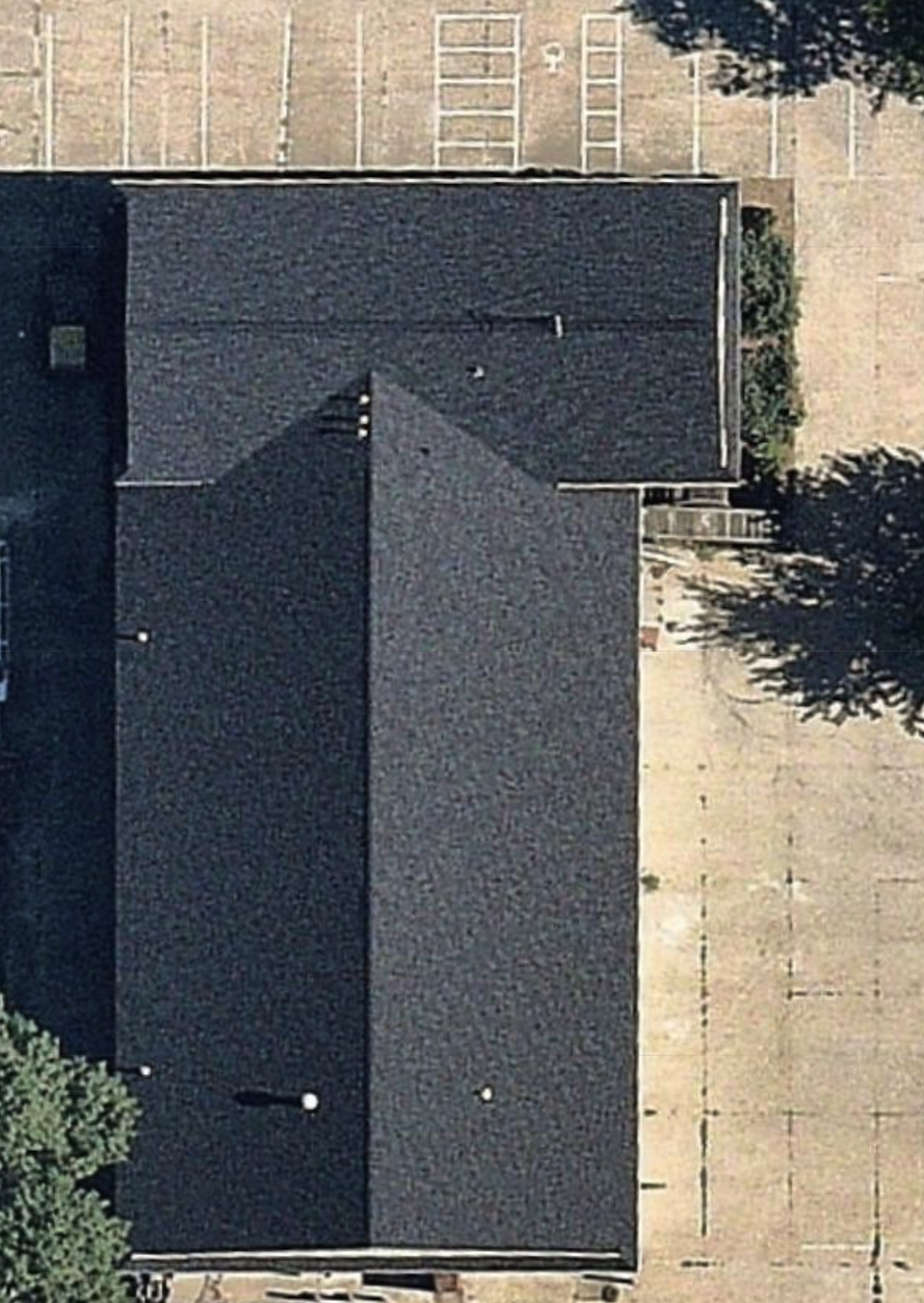
These are the kind of issues Betterview is looking for and the best way to spot them is by detecting the pattern of the worn shingles.
It is possible, though uncommon, for new roofs to exhibit a similar pattern. This happens when shingles are laid from different batches. This is not ideal for the roof because different batches of shingles will wear at different rates. However, strictly speaking, these aren’t worn shingles. Sometimes our detector will pick these up; in these cases, it’s best to disregard the detection.
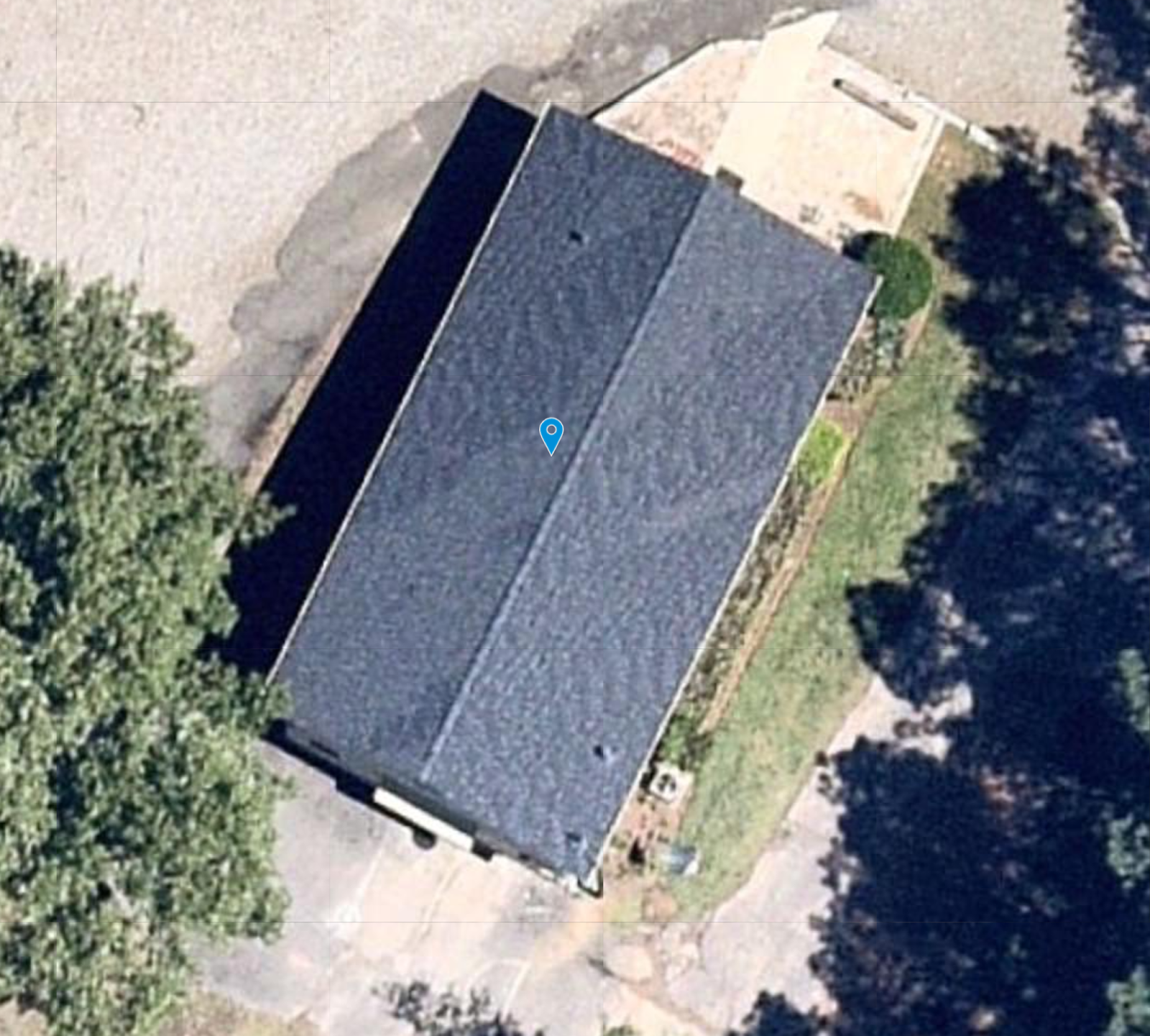
An image showing a pattern similar to that created by worn shingles, but in this case the roof is new and the shingles are simply from different batches. In this case, the best thing to do is to disregard the detection.
Despite this, we believe that worn shingles detections are an important cause for further investigation. In fact, from our studies of property claims (link to a post here), we found that compromised shingles, of which worn shingles are one type, are predictive of claims. We think it’s important to highlight properties, like the one below, because our analysis shows that these are at a higher risk of a claim.
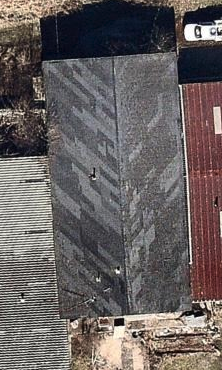
Betterview's research shows that around 5% of properties have worn shingles, which can lead to extensive damage if left unchecked. That's why it is important to stay vigilant and catch them before they become a bigger problem. To address this, we offer Continuous Monitoring, which provides up-to-date information about the condition of roofs, allowing issues to be addressed promptly.
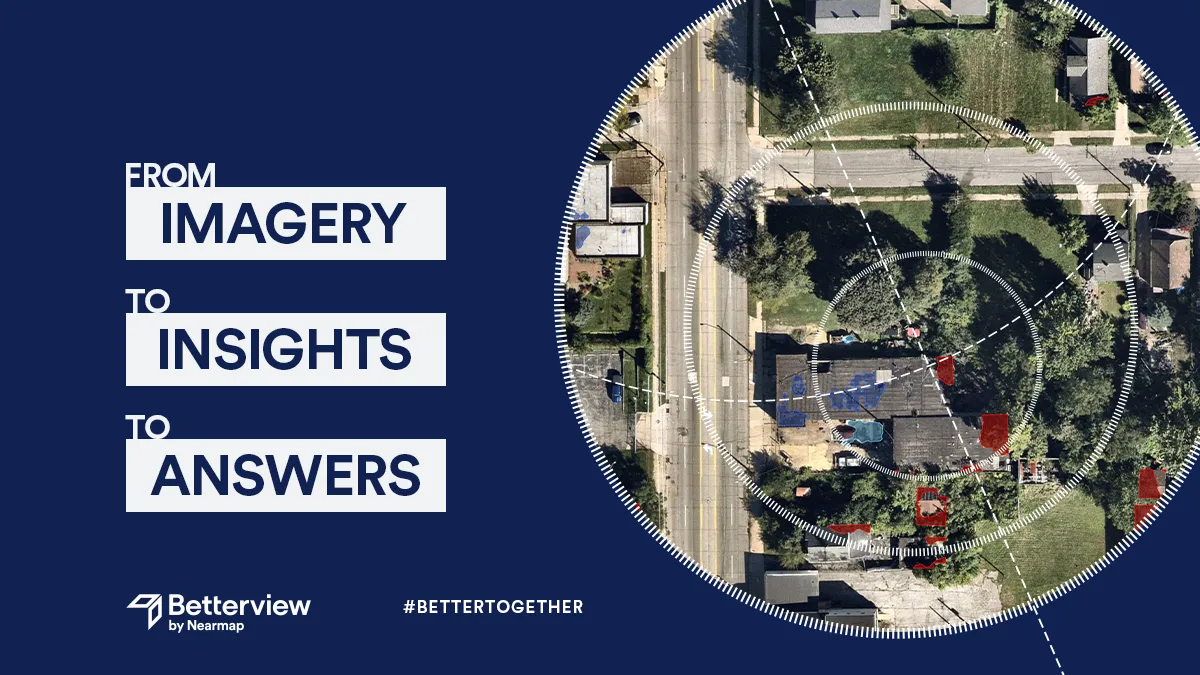
What does the Nearmap acquisition of Betterview mean for the insurance industry?

The insurance industry, and the technology that supports it, have seen significant change over the last few years. New technology continues to come...
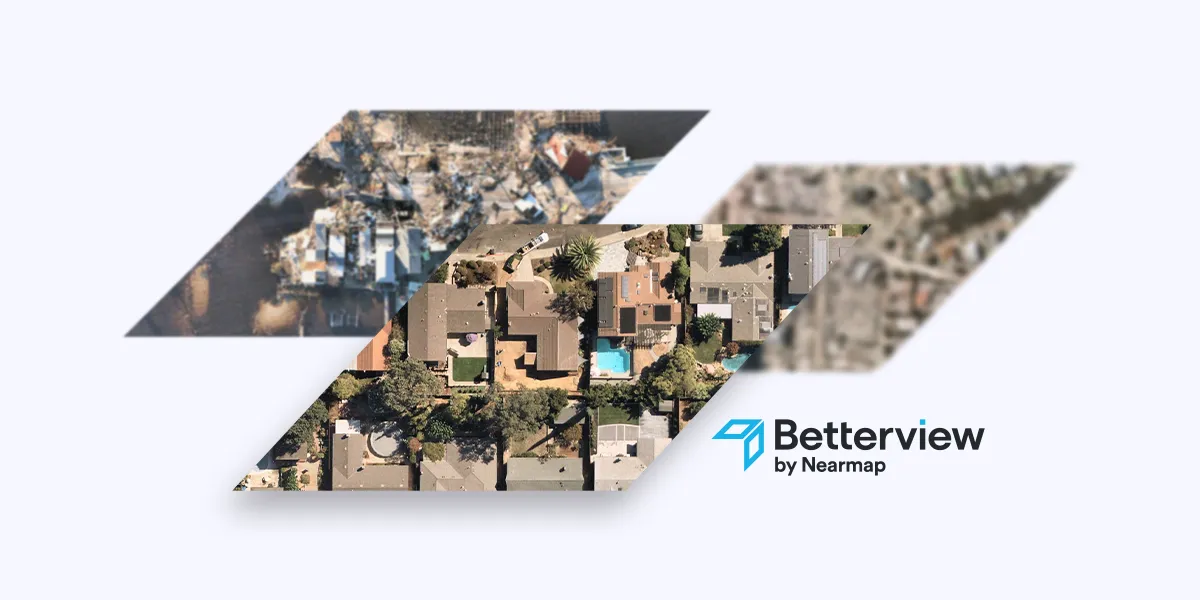
What are the key trends challenging P&C insurers in 2024?